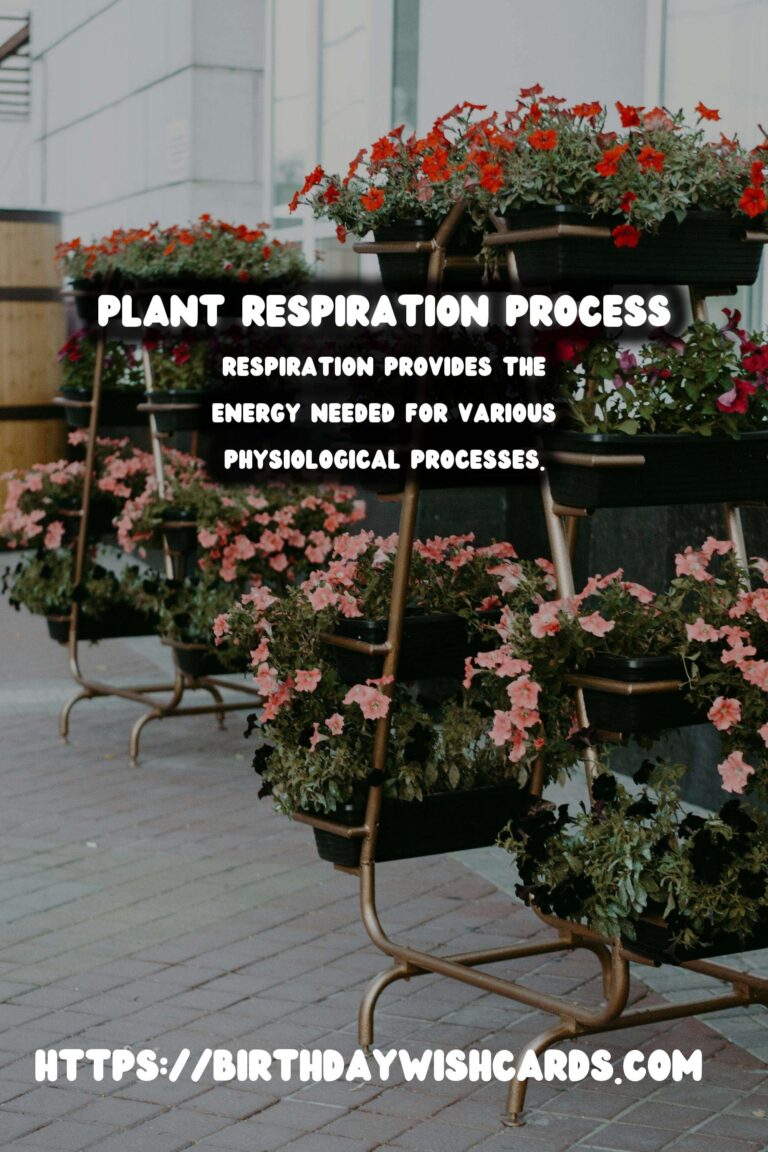
Plant respiration is a vital process that plays a crucial role in the growth and survival of plants. While photosynthesis often takes the spotlight in discussions about plant biology, respiration is equally important, as it provides the energy needed for various physiological processes.
What is Plant Respiration?
Plant respiration is the process by which plants convert glucose and oxygen into energy, carbon dioxide, and water. This process occurs in the mitochondria of plant cells and is essential for the maintenance of cellular functions. Unlike photosynthesis, which only occurs during daylight hours, respiration happens continuously, day and night.
The Importance of Plant Respiration
Respiration is crucial for plants because it generates ATP (adenosine triphosphate), the energy currency of cells. This energy is necessary for plant growth, nutrient uptake, and the synthesis of essential molecules. Without respiration, plants would be unable to perform these critical functions, leading to stunted growth and poor health.
Factors Affecting Plant Respiration
Several factors can influence the rate of respiration in plants, including temperature, oxygen availability, and the plant’s developmental stage. High temperatures generally increase respiration rates, while low oxygen levels can inhibit the process. Additionally, young and actively growing plants tend to have higher respiration rates compared to mature plants.
Respiration vs. Photosynthesis
While both respiration and photosynthesis are fundamental processes for plants, they serve different purposes. Photosynthesis is responsible for converting light energy into chemical energy stored in glucose, whereas respiration breaks down glucose to release energy for cellular activities. Both processes are interconnected, as the products of photosynthesis serve as the substrates for respiration.
Why Plant Respiration Matters to the Environment
Plant respiration contributes to the global carbon cycle by releasing carbon dioxide into the atmosphere. This process is a natural component of ecosystems and plays a role in regulating atmospheric CO2 levels. Understanding plant respiration can help scientists predict changes in carbon dynamics and assess the impact of climate change on plant ecosystems.
Conclusion
In conclusion, plant respiration is a critical process that supports plant health and growth, influences environmental dynamics, and contributes to the global carbon cycle. By understanding the intricacies of plant respiration, we can better appreciate the delicate balance of our ecosystems and the vital role plants play in our environment.
Plant respiration is a vital process that plays a crucial role in the growth and survival of plants. Respiration provides the energy needed for various physiological processes. Plant respiration occurs continuously, day and night. Respiration generates ATP, the energy currency of cells, necessary for plant growth and nutrient uptake. Plant respiration contributes to the global carbon cycle by releasing carbon dioxide into the atmosphere. 
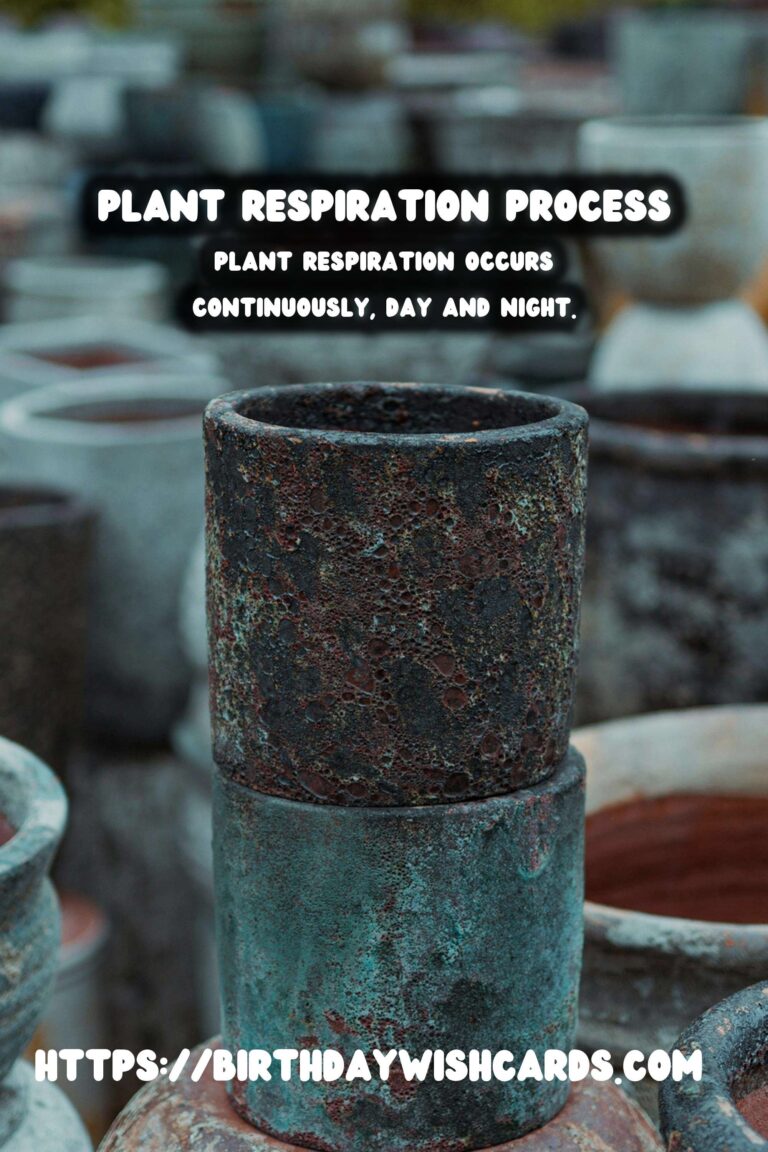
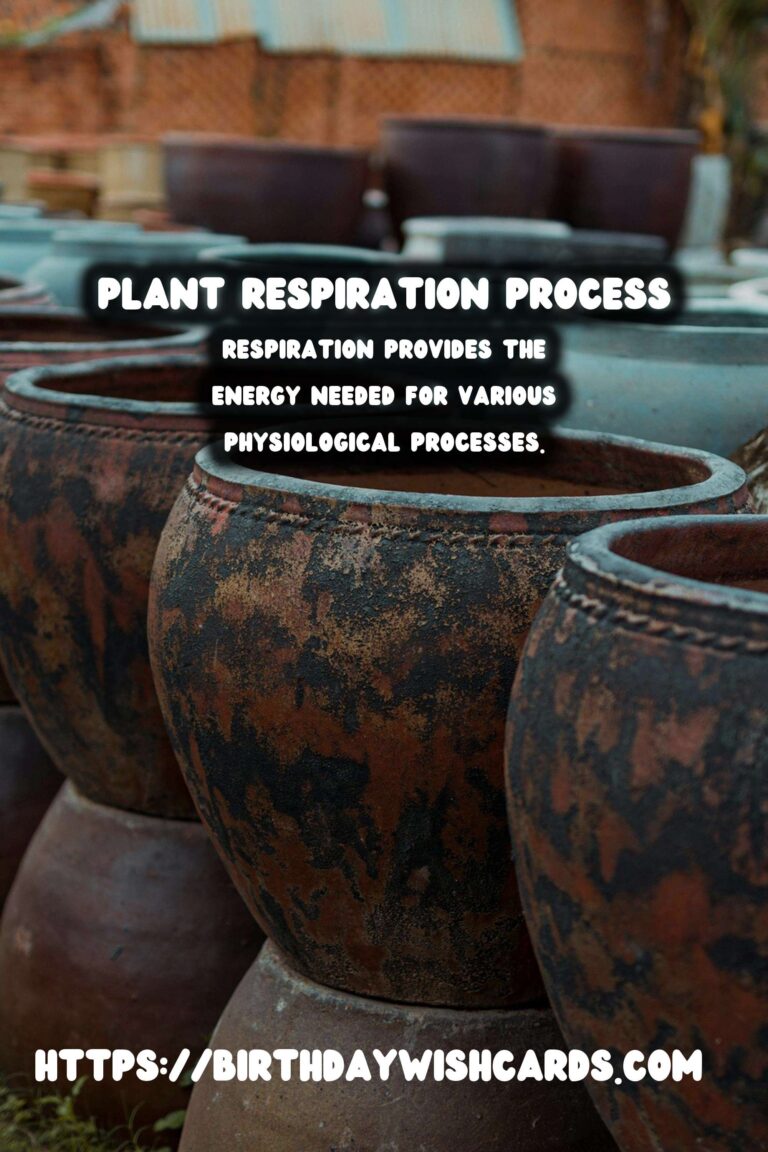
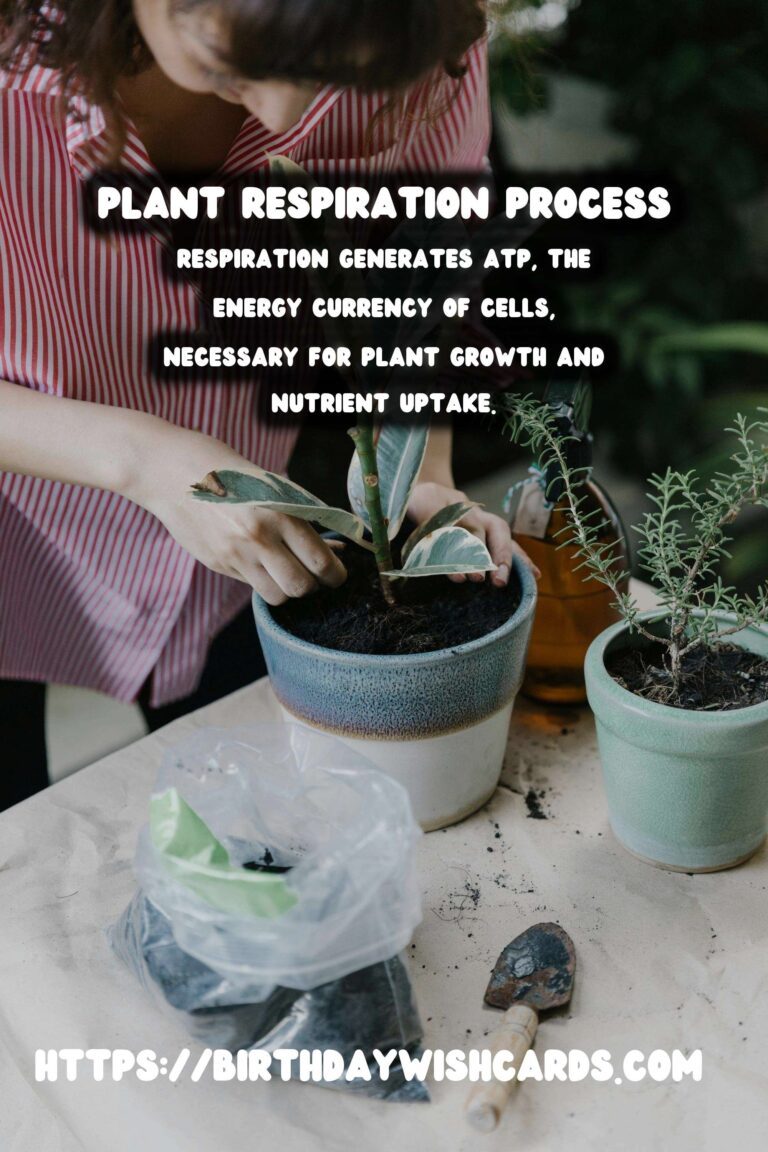
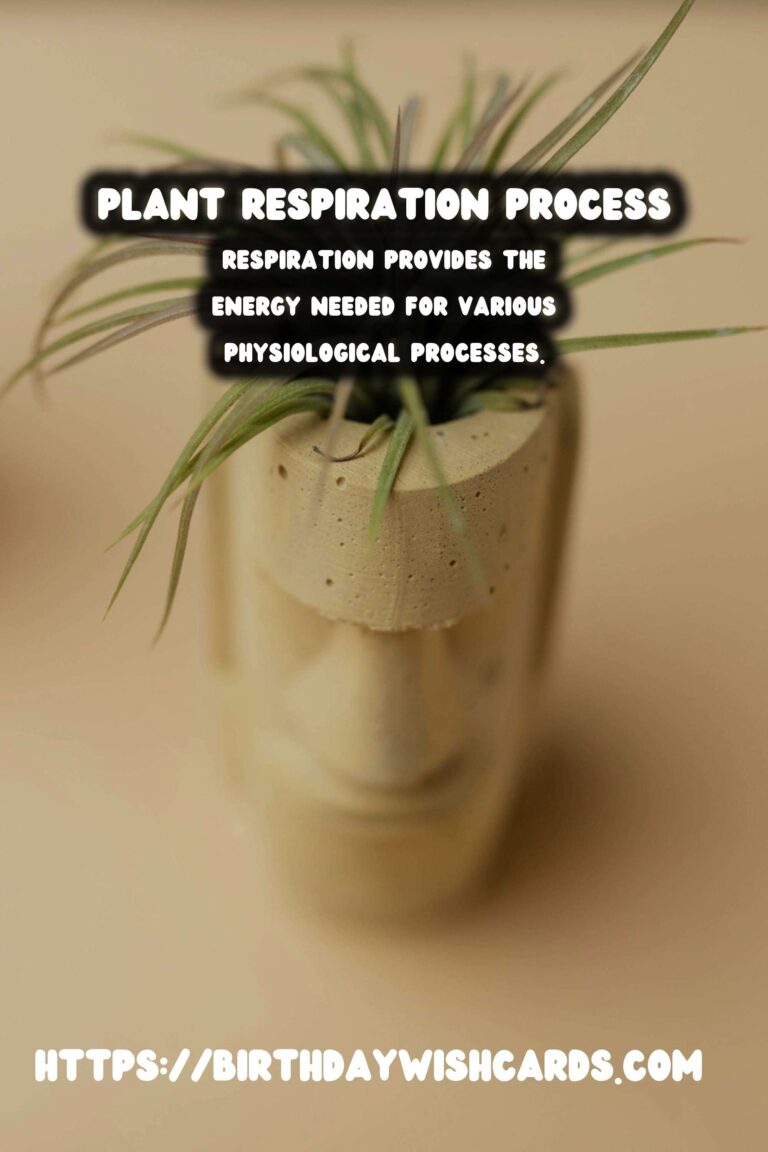
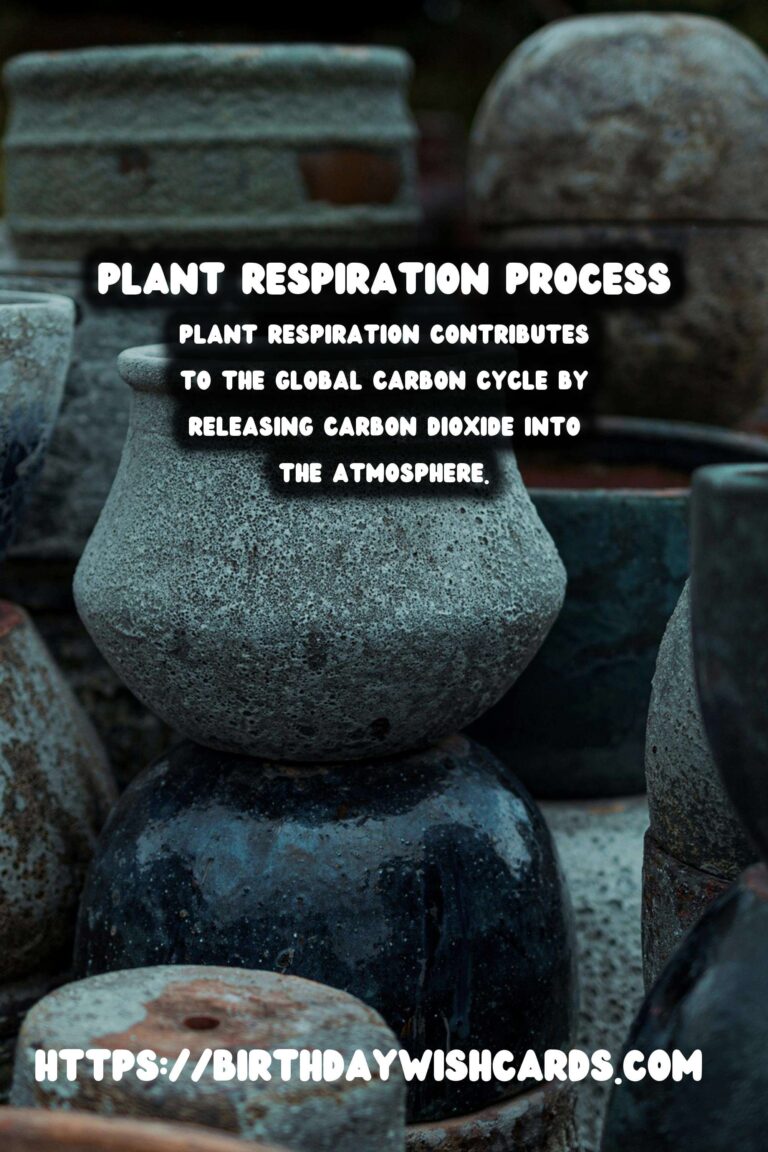



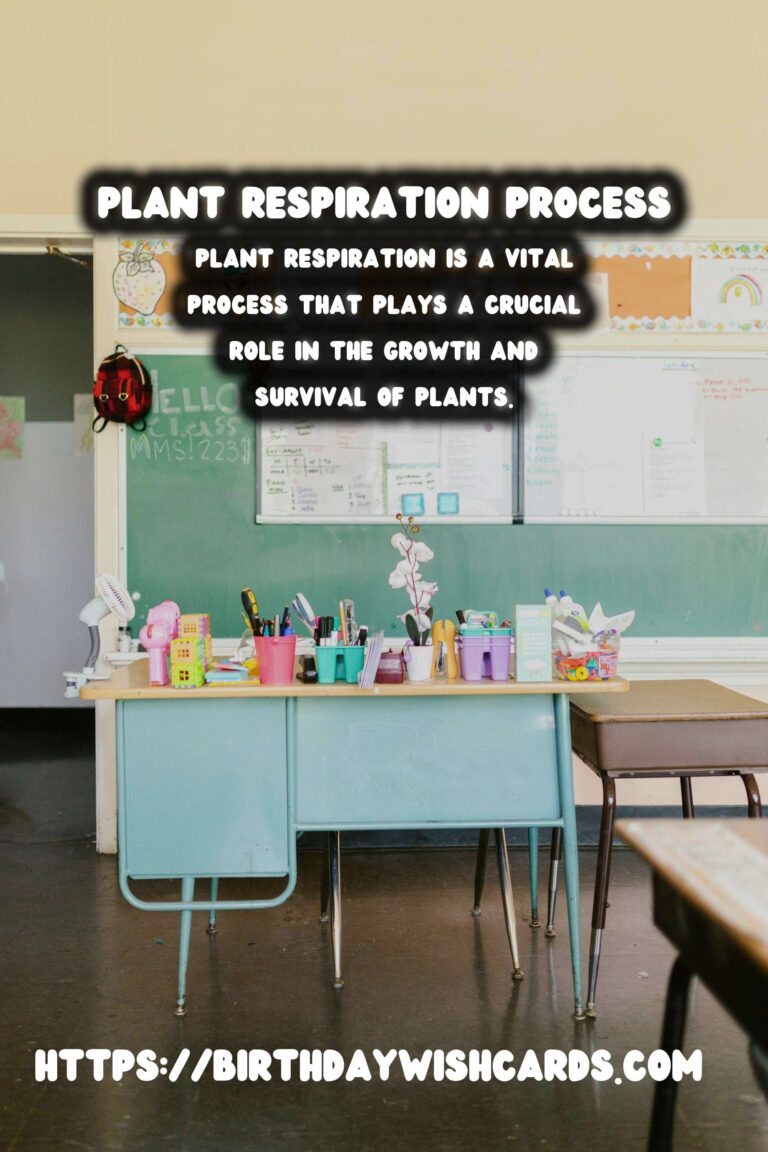
#PlantBiology #Respiration #Photosynthesis #Environment #Ecosystems




